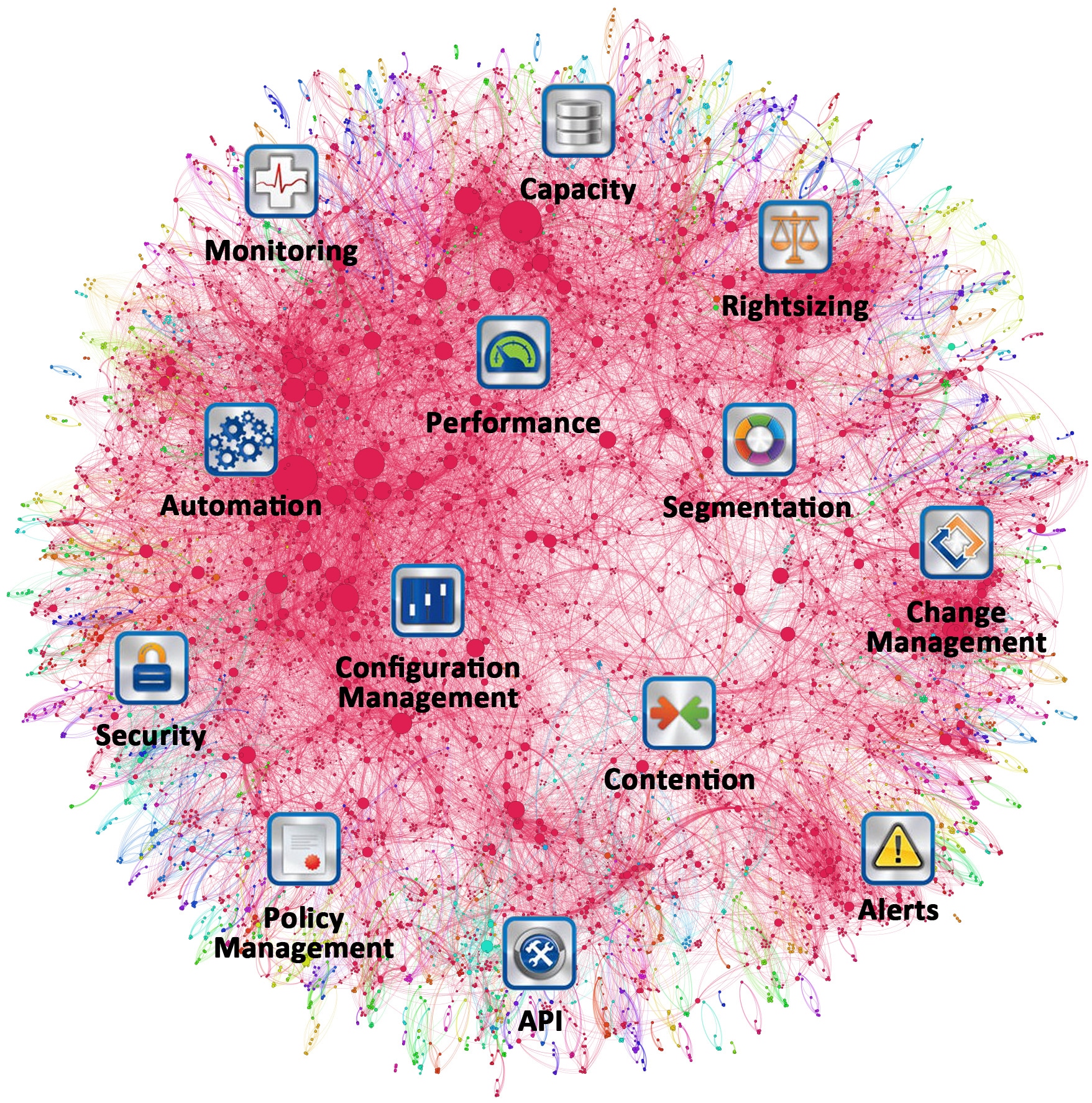Introduction
Managing databases efficiently is crucial for businesses to ensure smooth operations and optimal performance. As data continues to grow exponentially, it becomes increasingly important to streamline database management processes. In this blog post, we will explore some best practices that can help organizations improve efficiency in database management.
2. Regular Database Maintenance
Regular maintenance is essential to keep databases running smoothly. This includes tasks such as optimizing queries, updating indexes, and removing unnecessary data. By regularly maintaining the database, you can improve performance and prevent potential issues.
2.1 Query Optimization
Optimizing queries involves analyzing and fine-tuning SQL statements to improve their execution time. This can be achieved by creating appropriate indexes, avoiding unnecessary joins, and using efficient query plans.
2.2 Indexing
Indexes play a crucial role in enhancing database performance. By creating indexes on frequently queried columns, you can significantly speed up data retrieval. However, it’s important to strike a balance as too many indexes can negatively impact insert and update operations.
2.3 Data Archiving and Purging
Over time, databases accumulate large amounts of data that may no longer be relevant. Archiving and purging old or unused data can free up storage space and improve query performance. Implementing an effective data retention policy is essential for maintaining a lean and efficient database.
3. Implementing Data Security Measures

Data security is of utmost importance in database management. Implementing robust security measures helps protect sensitive information from unauthorized access, ensuring data integrity and compliance with regulations.
3.1 Access Control
Implementing proper access controls ensures that only authorized individuals can access and modify the database. This involves assigning appropriate user roles and permissions, regularly reviewing access privileges, and enforcing strong password policies.
3.2 Encryption
Encrypting sensitive data adds an extra layer of protection, even if unauthorized individuals gain access to the database. Implementing encryption mechanisms, such as Transparent Data Encryption (TDE), helps safeguard data at rest and in transit.
Summary
Efficient database management is essential for businesses to handle large volumes of data effectively. By implementing best practices, organizations can streamline their database management processes and enhance overall efficiency. This blog post will cover various strategies and techniques that can be employed to achieve optimal database management, including:
- Regular database maintenance and optimization
- Effective indexing and query optimization
- Proper data backup and disaster recovery planning
- Implementing security measures to protect sensitive data
- Utilizing automation and monitoring tools
By following these best practices, businesses can ensure their databases webpage are well-maintained, secure, and performant, leading to improved productivity and better decision-making based on accurate and reliable data.
- Q: What are some best practices for streamlining database management?
- A: Some best practices for streamlining database management include regularly optimizing and indexing the database, using efficient queries, implementing proper security measures, automating routine tasks, and regularly monitoring and analyzing performance.
- Q: How can I optimize and index my database?
- A: To optimize and index your database, you can start by identifying and removing any unnecessary or redundant data. Additionally, you can create indexes on frequently queried columns to improve query performance. Regularly defragmenting the database and updating statistics can also help optimize its performance.
- Q: What are efficient queries?
- A: Efficient queries are queries that are designed to retrieve the required data with minimal resources and time. To write efficient queries, it is important to use appropriate indexes, avoid unnecessary joins or subqueries, and limit the amount of data being retrieved.
- Q: How can I ensure proper security measures for my database?
- A: To ensure proper security measures for your database, you can implement strong authentication mechanisms, enforce access controls and permissions, regularly update and patch the database software, encrypt sensitive data, and regularly backup the database to prevent data loss.
- Q: How can I automate routine tasks in database management?
- A: You can automate routine tasks in database management by using scripts or scheduling jobs. This can include tasks such as regular backups, database maintenance, data imports/exports, and generating reports. Automation helps save time and reduces the chances of human error.
- Q: Why is monitoring and analyzing performance important in database management?
- A: Monitoring and analyzing performance in database management helps identify bottlenecks, optimize resource usage, and ensure efficient operation. By monitoring metrics such as CPU usage, disk I/O, query execution times, and memory utilization, you can proactively address performance issues and make informed decisions for improvement.



